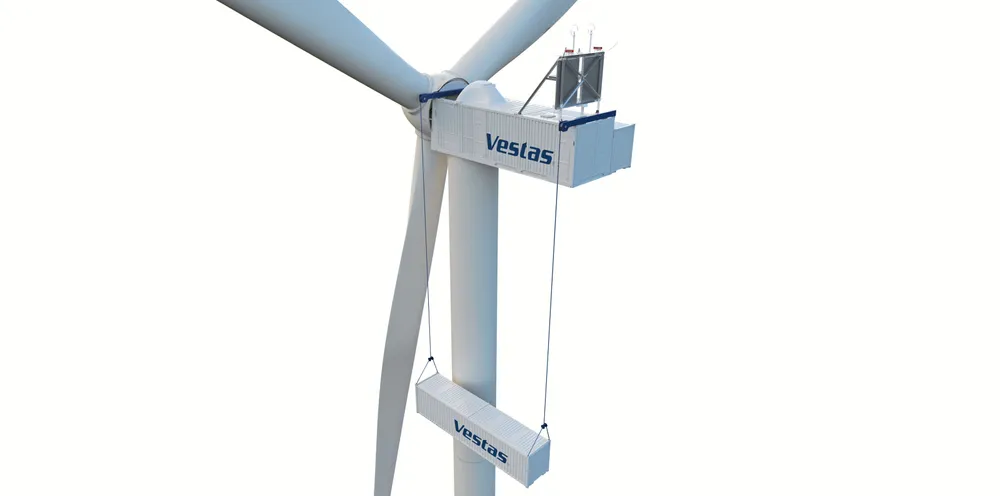Vestas takes wind turbine modularisation 'next step' with Lego-like nacelle design
Newly-unveiled concept designed to aid in customisation of more powerful models while answer logistical challenges of shipping ever-larger components from factory to project site
